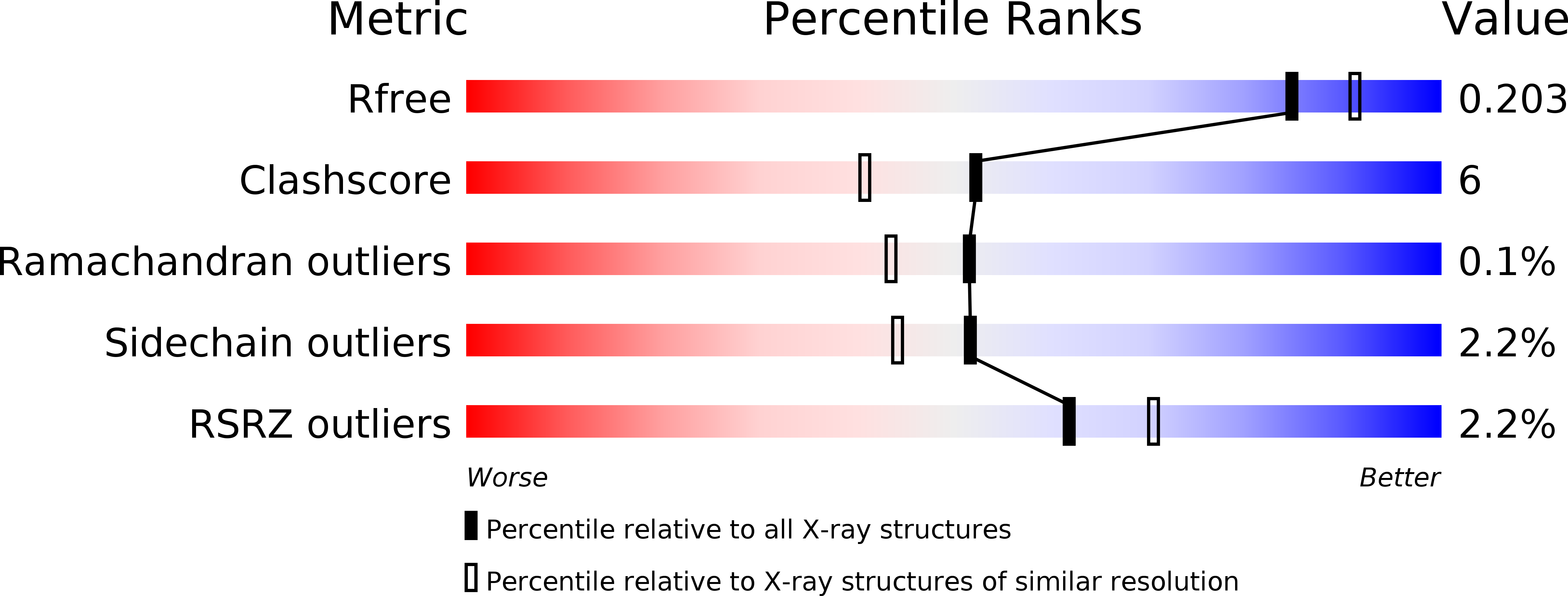
Deposition Date
2010-07-30
Release Date
2011-03-16
Last Version Date
2024-11-20
Method Details:
Experimental Method:
Resolution:
1.95 Å
R-Value Free:
0.20
R-Value Work:
0.17
R-Value Observed:
0.17
Space Group:
P 1 21 1


